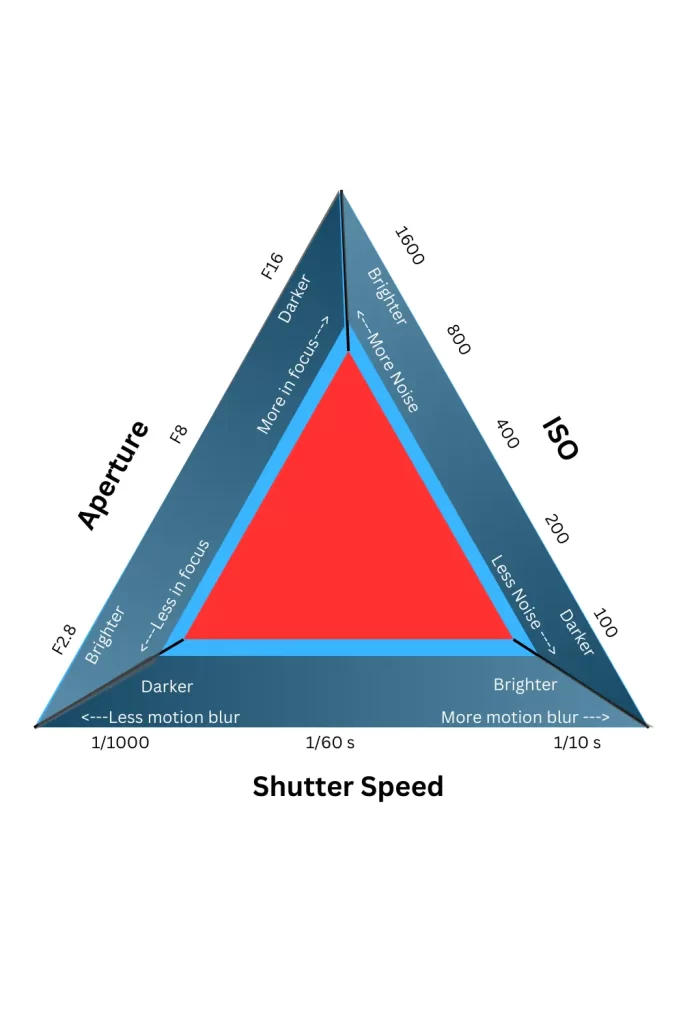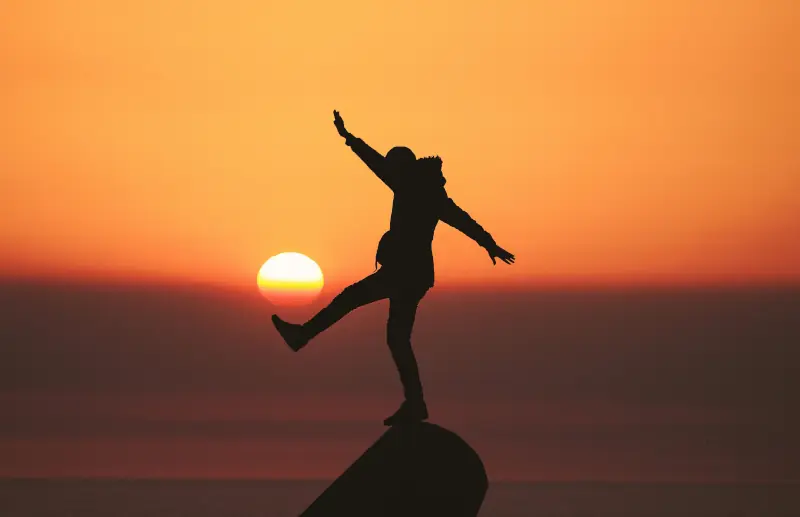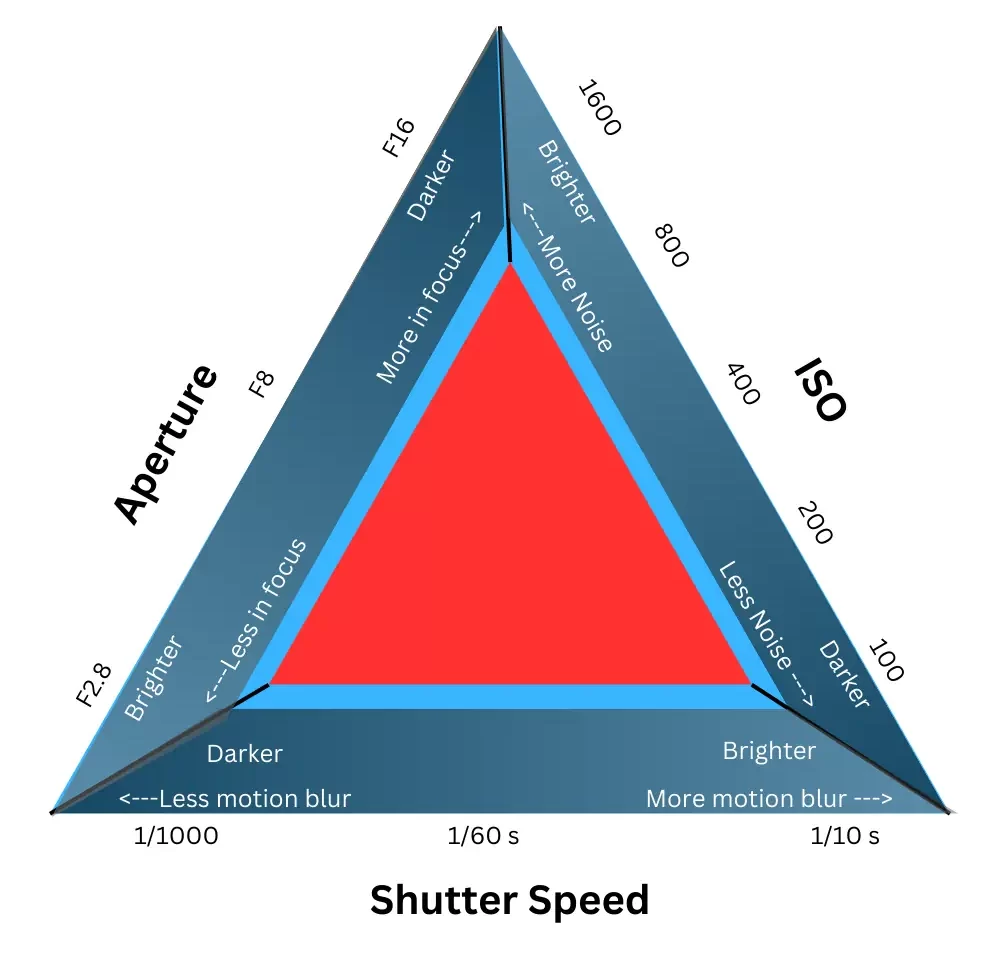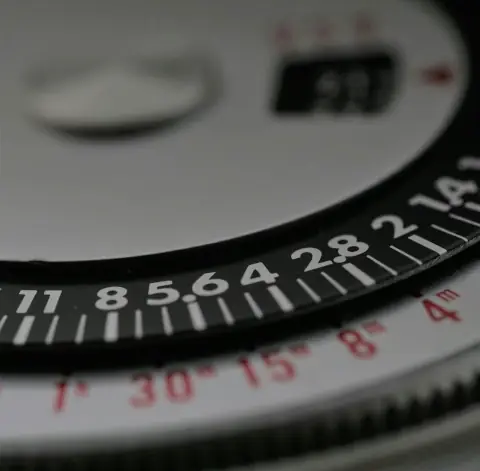Understanding the Exposure Triangle

The Exposure triangle
The first step to understanding the exposure triangle is knowing the three parameters we are balancing; shutter speed, aperture, and ISO. All of these components affect the exposure when changed. They also have their own unique effects; besides making photos brighter or darker. Balanced in combination they can allow you to create the image that you visualize in any given scene. The triangle itself comprises a near-infinite number of possible setting combinations. These are firstly narrowed by the options of equipment, and further by creative choices, leaving fewer options.
SHUTTER SPEED
The unique effect of shutter speed is to control how motion appears or doesnt within your photo. Longer to smooth moving water or clouds, faster to stop camera shake, racing cars kids, or swooping birds. Achieving these faster speeds may require more open apertures and or higher ISO values.
Shutter Priority mode or S-mode in some cameras allows you to set your desired shutter speed. This mode balances aperture and/or ISO to keep the exposure balanced.
APERTURE
The unique effect of aperture is control of the depth of field; or area in sharp focus within your photograph. Large apertures in fast lenses can make a narrow band of sharp focus while everything else blurs away. Conversely landscapes shot stopped down to f8 or 11 can widen the band in focus to the entire frame.
Aperture priority mode or A mode allows you to choose an appropriate aperture and varies the other factors to maintain a well exposed scene.
ISO
ISO’s unique effect is the ability to amplify the “signal” or light within an image, but pushed too high snd noise can become more problematic. Other tradeoffs for higher ISO’s are the color fidelity and dynamic range are both reduced at higher settings. Generally use the lowest value that will give you the best results, but don’t get hung up on small details. Modern camera sensors are very good, modern post-processing software is also very good at dealing with the effects of noise. Use whatever ISO will give you the shot.
Many modern cameras have an auto-ISO feature that varies the ISO to maintain other set exposure parameters. This can be very helpful in situations where the light changes rapidly, moving from well lit very shaded etc.
The Connection

The interaction between all of these is how they go together. Since all three of these are measured in stops, or portions of, we can know that if we add a stop of shutter speed, that we can reduce a stop of aperture or ISO. If I want a shallower depth of field to isolate a subject and open the aperture, then I would need to compensate for the extra light by either increasing the shutter speed and/or reducing the ISO.
The exposure triangle is a large triangular balancing board, and every image shot requires the use of the give and take for desired results.
Less noise is attained by lowering ISO. This may require lowering shutter speeds. Too slow of a shutter speed may require a tripod for stability. It also may allow motion blur to become a concern.
Every piece of gear has its limitations, some choices are dictated by the limits of this gear.
Cameras
Just a box on the end of a lens to let the light in, but a little more complicated than that these days. range of available ISO’s, and maximum shutters speeds. More advanced processors for faster capture rates, better metering sensors, autofocus etc.
Lenses
Lenses come in all shapes, sizes and prices. The lens effects the exposure triangle because the apertures vary across lenses. Offering larger (fast) apertures or smaller ones. The focal length is also effected.
How to further understand the exposure triangle
Spend time with your camera, taking note of the settings and examine the final image that comes out “chimping” after a shot. Make changes to one parameter, balance with another and note the changes in your images. Becoming more and more familiar with your camera’s quirks, controls and how it works for you. Over time you can become familiar enough with your camera to know how to get the pictures that you see in your mind before the shoot even begins.



One Comment